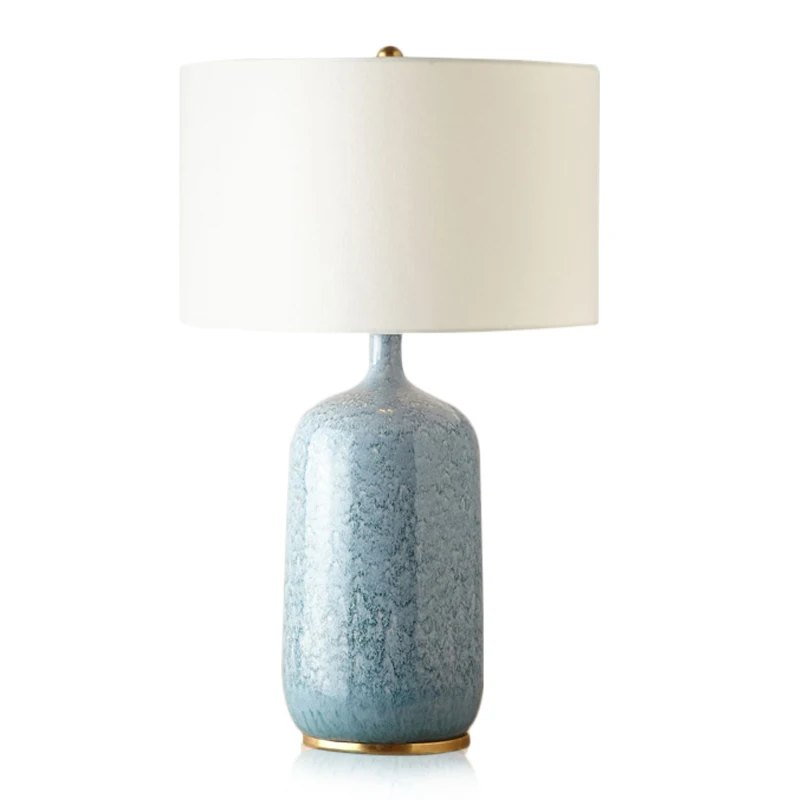
LEAFLETS
PRODUCTS
A Comprehensive Guide to Floor Lamps Styles Sizes and Features Finding the Ideal Lamp to Complement Your Personal Aesthetic
Styles: A Spectrum of Design Choices
The world of floor lamp styles is vast and varied, offering something to suit every taste and interior design preference. From the sleek and minimalist to the ornate and extravagant, the possibilities are endless. Consider the overall style of your room. A modern, minimalist living room might benefit from a slender, arc floor lamp with a simple, geometric shade. In contrast, a traditional or eclectic space might be enhanced by a more ornate lamp with a richly textured shade and perhaps a tripod base.
Popular styles include: Arc lamps, known for their elegant curves and ability to direct light exactly where you need it; Torchiere lamps, offering upward-directed light ideal for ambient illumination; Tiffany lamps, showcasing stained-glass shades with intricate designs; and Gooseneck lamps, characterized by their flexible necks allowing for precise light adjustment. Beyond these, you'll find countless others, incorporating materials like wood, metal, glass, and fabric in a variety of finishes and textures.
Think about the statement you want your floor lamp to make. Does it need to blend seamlessly into the background, or should it be a bold focal point? The style you choose will directly impact the overall impression your lamp creates. Matching the style of the lamp to your existing furniture and décor will ensure a cohesive and visually appealing look.
Sizes and Proportions: Finding the Right Fit
Choosing the right size floor lamp is crucial for both functionality and aesthetics. A lamp that's too small can get lost in the room, while one that's too large can overwhelm the space. Consider the dimensions of your room and the area you intend to illuminate. A large living room might accommodate a taller, more substantial lamp, while a smaller space would benefit from a more compact design.
Measure the height of your ceilings and the area where you plan to place the lamp. The lamp's height should be proportionate to the ceiling height; a very tall lamp in a room with low ceilings will look awkward. Similarly, the base should be appropriately sized for stability and visual balance. Avoid placing a very small lamp base on a large, open surface; it may appear unstable or lost in the space. The lampshade's size should also complement the lamp's base and overall height, creating a harmonious visual balance.
Think about the purpose of the lamp. Is it primarily for reading? If so, you'll need a lamp that directs light downward effectively. In that case, you may choose a smaller lamp designed for that purpose or use the adjustable features of a larger lamp to focus the light. If it’s for ambient lighting, a taller, more widely dispersing lamp might be more suitable.
Features and Functionality: Beyond Aesthetics
Beyond style and size, consider the functional features of the floor lamp. Some lamps offer adjustable arms or necks, allowing you to direct the light precisely where needed. This is particularly useful for reading lamps, where focused illumination is crucial for avoiding eye strain. Others feature dimmer switches, offering greater control over the light intensity, allowing you to create different moods within the room, from bright and cheerful to soft and relaxing.
The type of bulb also plays a significant role in functionality. LED bulbs are increasingly popular due to their energy efficiency and long lifespan. However, consider the color temperature (measured in Kelvin) of the bulb; warmer light (around 2700K) creates a cozy ambiance, while cooler light (around 5000K) is brighter and more suitable for task lighting. Some lamps come with built-in USB ports, providing convenient charging points for your devices, increasing their practicality.
Think about the material of the shade. Some materials, like linen or fabric, diffuse the light more softly, creating a warm and inviting glow. Others, like glass or metal, provide a sharper, more direct light. Consider the level of light diffusion you desire when making your selection. The material itself should also complement the overall style of the lamp and your room’s décor.
Complementary Aesthetics: Harmony in Your Home
Ultimately, the perfect floor lamp is one that seamlessly integrates with your existing interior design. Consider the color palette, textures, and materials used throughout your room. Choose a lamp that complements these elements rather than clashing with them. A wood floor lamp might complement a room with wooden furniture and earthy tones, while a chrome lamp might be more suitable for a modern space with metallic accents.
Don't forget the overall atmosphere you want to create. A sleek, minimalist lamp might be perfect for a modern, airy space, whereas a more ornate lamp could add a touch of elegance and sophistication to a traditional setting. Consider whether you want a lamp that makes a statement or one that blends subtly into the background. Carefully consider how the lamp's color, shape, and material will interact with the other elements in the room.
By carefully considering the style, size, features, and overall aesthetic of your floor lamp, you can transform your living space into a truly inviting and personalized haven. Remember, the right floor lamp isn't just about providing light; it's about enhancing your home's beauty and reflecting your individual style.
SUBSCRIBE
INQUIRY










